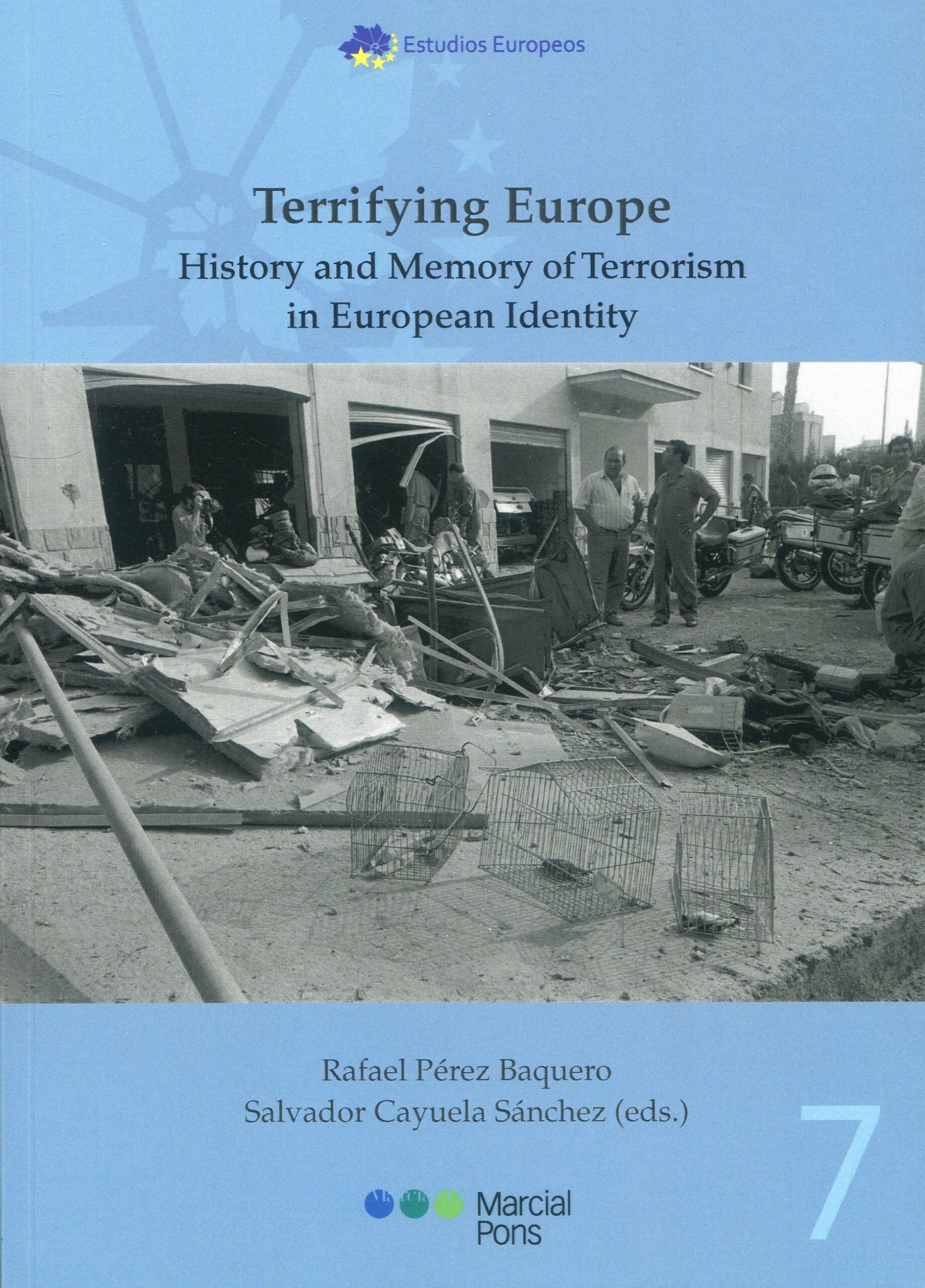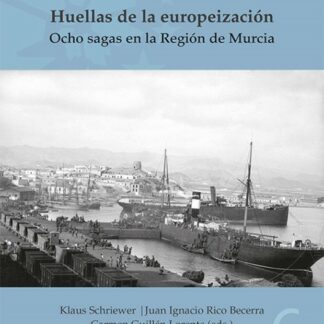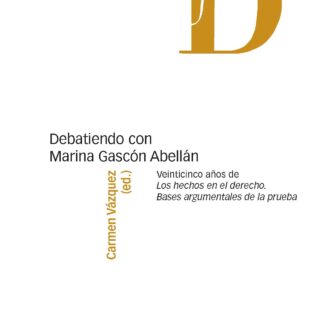Descripción
Terrifying Europe. History and memory of terrorism in european identity
As different historians have outlined, memories and identities stemming from the dreadful events unfolded in Europe during the 20th century are deeply connected with the ways in which
traumatic and violent pasts are remembered, commemorated and mourned as the years go by. Collective and national identities during the second half of the last century haven been constructed
upon the remembrance and depiction of victims within public sphere. As a result, the ways in which contemporary violence is framed through the different ‘mediations and re-meditations’ provided
by cultural memory are key to understand the reconfiguration of contemporary European identities. Undoubtedly, the experience of terrorism in European soil is one of comes to the fore when
dealing the remembrance of violence. Regardless of the political nature and grounding of the different terrorist attacks which have shocked and undermined the feeling of security within Western
societies, the evolution of European identities is dependent on how such events are depicted and on how their victims are remembered and commemorated. Echoing this situation, Remembering
Terror aims at offering a diverse set of perspectives focusing on different historical cases of remembering and commemorating terrorism in contemporary Europe. Therefore, each chapter included
in this book is thus intended to provide a different approach to how a specific event in Europe related to terrorism has been reframed. In this regard, far from endorsing a particular perspective,
Remembering Terror is bound to offer a glimpse on the heterogeneous ways in which memory of terrorism has reshaped collective identities in Europe.





